Marist Mission in Bahia
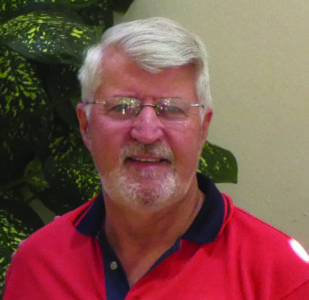
Fr Patrick O'Neil SM
The Mission of the Society of Mary in Bahia, Brazil, began in 1987. This happened after much research in order to find a diocese that was located in a poor area of the country where we could offer support, not only in parish ministry, but also to the diocese as a whole. The idea was to re-model our Marist origins in Bugey among the rural poor. Eventually the Diocese of Caetité in the southwestern area of Bahia State was chosen. At the time, the diocese, which is the same size as Holland, had 35 parishes, but only twelve priests. At present the diocese has 38 parishes and 40 priests, including the Marist community of four.
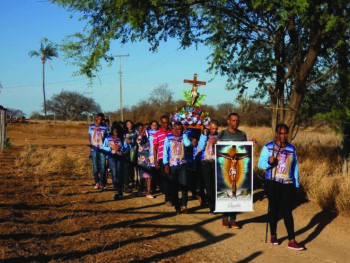
Festive procession of a rural community
In the beginning, the Marists worked in the towns of Urandi, Pindaí and Sebastião Laranjeiras. However, with the passing of time, these areas developed sufficiently so that they were able to support a local Brazilian diocesan priest, and were equipped with all the necessary parish infrastructure.
In 2000, the Marists opted to migrate 120km further west in the diocese to the current parishes in the towns of Palmas de Monte Alto, Iuiú, and Malhada, which is on the banks of the São Francisco River. These parishes are amongst the poorest in the diocese. Together, the three parishes cover 6,000 square kilometres, and have a population of 50,000 people, of whom 80% are Catholic. Apart from these three towns in the Sertão of Bahia, the Marists also attend to 80 rural communities. The only access to the communities is by dirt roads or tracks.
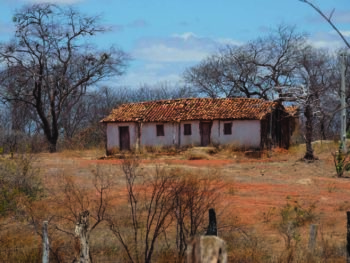
Typical house in the rural area of the Marist Mission
The rural population either have their own small farms or work as vaqueiros on large cattle ranches. Many also eke out an existence picking cotton on these large farms. The agriculture production centres on a yearly subsistence crop of beans or corn, cotton, milk production with an average herd of 10 cows, and cattle raising on the big farms. As it is a semi-desert region, called the Sertão, there is a period of 8-9 months every year without a drop of rain.
In the region, the per capita income is around US$150 a month for those lucky enough to find work and the Human Development Index (HDI) is 0.59. In comparison, in Australia it is 0.97, New Zealand 0.91 and the USA 0.92.
As well as looking after these three poor rural parishes, the Marists are teachers of a theology course for lay people in Caetité. The new bishop, Dom José Roberto Silva Carvalho, has also entrusted the coordination of the youth ministry for the whole diocese to the Marists, and they work together with other religious and diocesan clergy on vocations promotion.
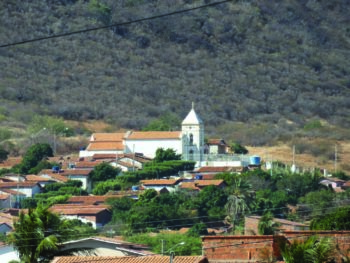
Palmas de Monte Alto and the Church of Our Lady built in 1742
Currently the Parish of Nossa Senhora Mãe de Deus e dos Homens (Our Lady, Mother of God and Men), in Palmas de Monte Alto, is in the process of becoming a diocesan sanctuary. The church was built in 1742, and a beautiful statue of Our Lady was brought from Portugal that same year, as Marian devotion is very strong in the region.
In the same parish there is a strong group of Marist laity, and together with the Marist priests they have begun to form a support group for families dealing with the scourge of alcoholism. Alcoholism, due to the extreme poverty and despair it generates, is a very serious problem in the whole region.
Although there is still much to do in order to serve the suffering poor of the Sertão, the Marists, in the spirit of Mary and the early pioneers in Bugey, continue working in order to build up the local Church and reign of God.
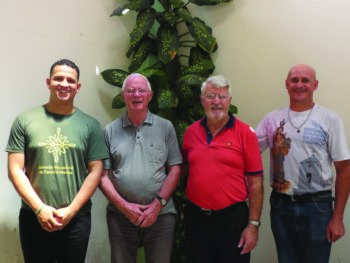
Marist Community in Bahia: Frs. Lauro Ferreira, Alfred Rösener, Patrick O'Neil and José Maria da Silva
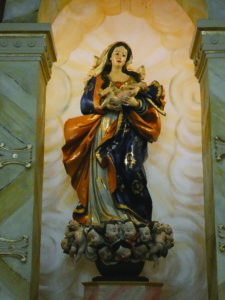
Nossa Senhora, Mãe de Deus e dos Homens (Our Lady, Mother of God and Men), 1742
 Entries(RSS)
Entries(RSS)